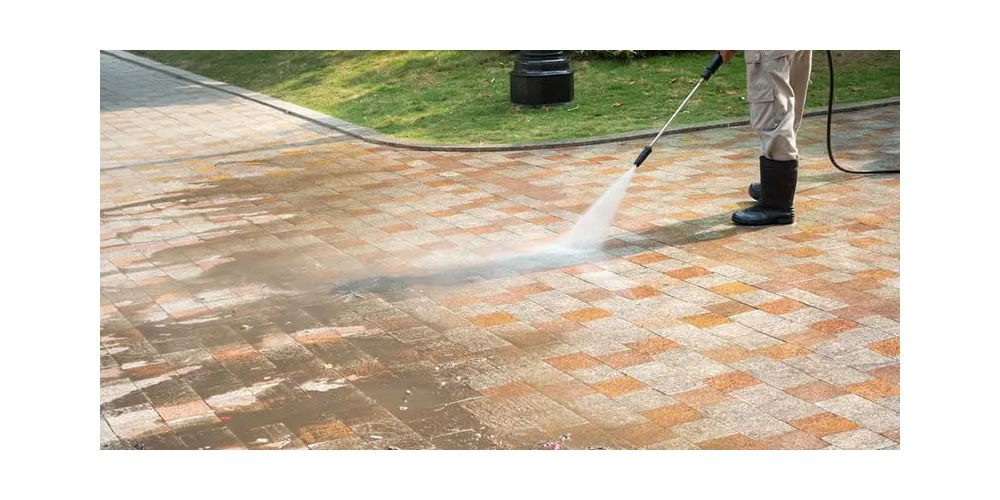In this article, you will learn how to identify the parts of a pressure washer valve assembly. These include the Inlet, Outlet, and By-pass ports. The first valve is the unloader valve. Its purpose is to prevent a buildup of pressure in the water tank or pump while the machine is idling. The valve is activated when the pressure or flow increases and a spring or ball-check mechanism is triggered.
Unloader valve 210
A flow-actuated unloader valve 210 for a pressure washer system is the subject of the present invention. Pressure washers are devices that provide high-pressure water for various tasks. These devices often use a cleaning solution to achieve the desired effect. As such, unloader valves are crucial components of pressure washers. This invention relates to the development and manufacturing of such valves. The following are the main benefits of using flow-actuated unloaders:
A flow-activated unloader valve operates by monitoring the flow of fluid through the pressure differential. The flow-activated valve reduces water hammering and wear on the pressure washer system by monitoring the flow of fluid. It also reduces the risk of clogging or pinched hoses. It is an ideal option for pressure washers because it can work well in a variety of situations, including pressure-washing.
Outlet port 214
The pressure washer valve assembly 150 includes an unloader valve and an inlet port that are sized to connect directly to the pump. The outlet port is connected to the release mechanism via a thermal relief valve. The two are in fluid communication with each other and the pump, and the inlet port is in fluid communication with the spray gun. The valves are connected by a pressure release mechanism. Moreover, the unloader valve includes an inlet port that accepts a high-pressure hose.
The inlet port 212 threads into the pump port 162, while the outlet hose 214 is sized to communicate with a spray gun and release mechanism 189. In order to connect the two components, a by-pass hose 176 is connected to the by-pass port 216 via a hose clamp 178. The opposite end of the hose is connected to an inlet fitting 180 through a hose barb 187.
Inlet port 212
The preferred embodiment of the present invention comprises an inlet port 212 threaded into the pump port 162. An outlet 210 is sized to communicate with a spray gun or a release mechanism 189. The valve is connected to the pump through a by-pass hose 176. The opposite end of the hose is connected to an inlet fitting 180 using a hose barb 187.
A thermal relief valve is connected to the inlet port of a pressure washer pump. It adjusts the temperature of the water by venting it when it reaches a high temperature. If the water temperature falls below the set temperature, the thermal relief valve is actuated and introduces a cooler backup water through the inlet port. The thermal relief valve and pop-off valve form the first diametrically opposed pair.
Safety relief valve
A Safety relief valve for pressure washer valve assembly is an important safety feature. These valves open when the pressure inside the pump reaches a predetermined level. On hot water pressure washers, these valves are often located near the inlet of the burner/coil or near the pump's outlet. A safety relief valve is installed in this location to prevent any accidental contact between high and low pressure water, which can cause severe damage to a user's hands and equipment.
A Safety relief valve is a device used for pressure relief. It lifts a disc automatically as a result of static pressure in the system. The Relief Valve is often enclosed in a spring housing and used primarily in liquid service. Safety relief valves should be installed in a closed discharge system. When the relief valve is not functioning properly, a leak can cause severe injury. The valve can be replaced easily and inexpensively.
Check valve
A check valve can wear out and need to be replaced if it is causing backflow. Debris can clog the valve seat and cause the check valve to stick. It can also deteriorate over time due to a buildup of chemicals, debris, and grit. A check valve repair kit can solve these problems.
A check valve is designed to prevent backflow of liquids, and they are most commonly used on detergent and float tanks in pressure washers. You can also choose the material that matches your machine's specifications. Check valves are available for pressures ranging from 600 PSI to 7350 PSI.
Conclusion
Pressure washers are used to clean outdoor surfaces by spraying water at high pressure. The parts of a pressure washer include the pump, unloader valve, inlet port, outlet, thermal relief valve, safety relief valve, and check valve. Each of these parts has an important role in the functioning of the pressure washer. Regular maintenance and cleaning of the machine will ensure that it continues to work properly.


